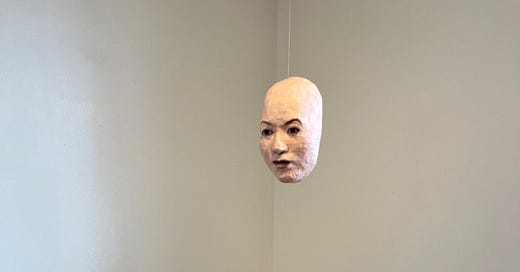Happy September, friends! How did we get here already?
It’s Saturday, and I’m writing this at the cottage, that very Canadian of experiences, having come from a mid-afternoon kayak in the hot sun, followed by a plunge in Georgian Bay water already cooling enough to be refreshing. Tonight’s temperature promises to be an unseasonably chilly 9°C/45°F; I’m t…
Keep reading with a 7-day free trial
Subscribe to Letterbox: Bookish & Filmish to keep reading this post and get 7 days of free access to the full post archives.



